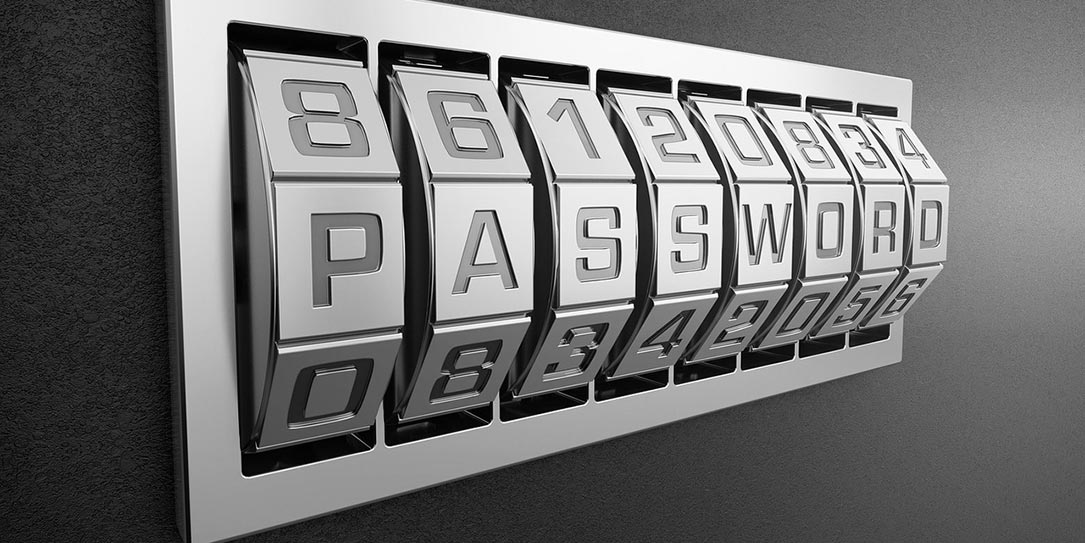A password is the first line of defense against hackers and malware. They are the gatekeepers to our data as they control access to our personal emails and our bank accounts. For many online accounts, a password is the only thing preventing a hacker from stealing personal data.
So what has password breaching cost us? According to the chief executive of specialist insurer Hiscox, in 2016, cyber crimes cost the global economy more than $450 billion and over two billion records were stolen. Additionally, more than 50 percent of 3,000 companies across the U.S., U.K. and Germany were noted as “ill prepared to deal with an attack.”
The biggest problem with modern day password usage is that we reuse our passwords. Over 60 percent of the population use the same password across multiple sites. What’s worse, is that the average user has about 26 password-protected accounts but only has five different passwords across these accounts. This makes us incredibly vulnerable to hacks, especially brute force attacks. 85% of users memorize their online passwords in their heads, and since we can’t all memorize lengthy unique passwords for each site, we are in significant danger of hacking.
Using the word “password” as a password takes hackers an average of 0.29 milliseconds to crack according to BetterBuys. “123456789” is cracked 431 times in the blink of an eye! Cybercriminals are smarter and quicker than ever at determining passwords. In just 2017, 50 percent of small to midsize organizations suffered at least one cyber attack. Large corporations have suffered millions of user data breaches in the past few years, with Facebook being the most recent.
In order to keep your accounts secure, be sure that your password is at least 14 characters. Avoid predictable patterns in letter capitalization, and try to use your entire keyboard. You should also keep dictionary words out of your passwords, and use a variety of letters, numbers and special characters.
Learn more ways to keep your passwords secure and some surprising hacker statistics with Panda Security‘s infographic below.
What do you think of this infographic? Let us know in the comments below or on Google+, Twitter, or Facebook.

![[Infographic] Password protection: Why it's easy for hackers to hack 1 password](https://techaeris.com/wp-content/uploads/2018/05/password-security-full-ig-1.jpg)









